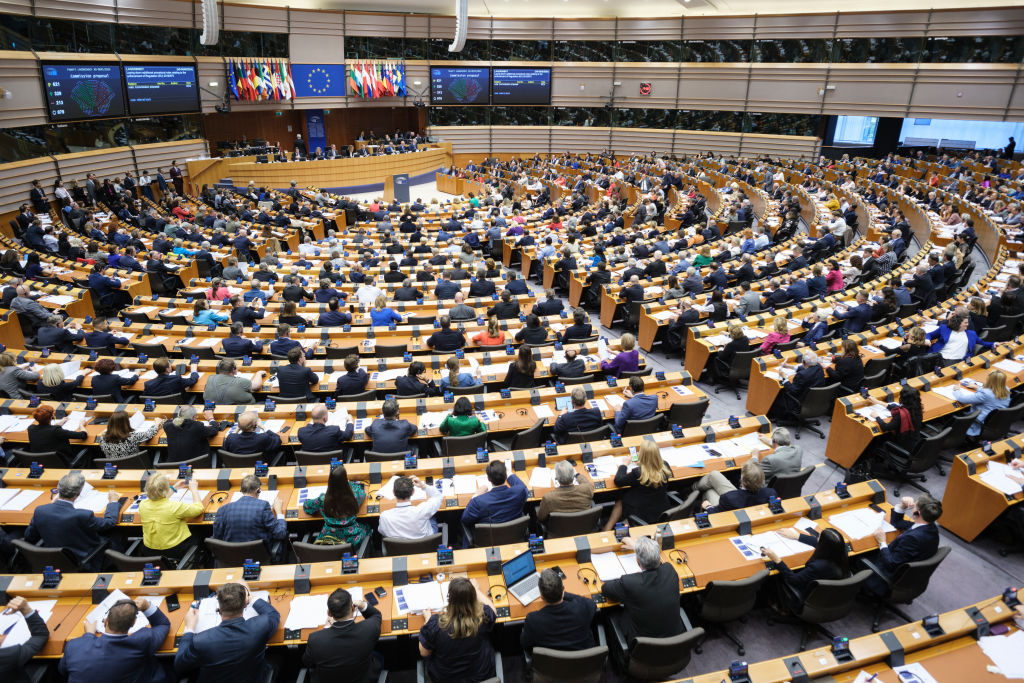The European Parliament has officially backed prohibiting goods manufactured with forced labour from entering the European single market.
Addressing fellow MEPs, socialist rapporteur Maria-Manuel Leitão-Marques hailed the move as “the biggest achievement of the legislature”, emphasising its importance in combating “modern-day slavery”.
She dedicated her efforts to the “28 million victims” of this form of exploitation.
The forced labour ban is one of the biggest achievements of this legislature. The EU is putting workers and human rights at the heart of our international trade and internal market.
Let’s vote it and make it happen!@TheProgressives @PSnaEuropa pic.twitter.com/rsed96bMjM
— Maria Manuel Leitão Marques (@LeitaoMarquesEP) April 23, 2024
Under the new law, Member States will have enhanced powers to scrutinise suspect products, supply chains, and manufacturers, in tandem with the European Commission.
Any items believed to have been made using forced labour face prohibition from sale within the European Union, including via online platforms, with shipments liable to interception at EU borders.
“Today we also prove that the European Parliament has immense powers in matters of foreign affairs,” fellow socialist MEP Raphael Glucskman said.
The ban on forced labour products will apply to goods made outside the EU as well as to those manufactured within the bloc using parts manufactured abroad under forced labour.
To facilitate enforcement of the new legislation, the EC will compile a database cataloguing specific economic sectors and geographic regions where state-backed forced labour exists.
A proposed European Union crackdown on goods made with forced labour could cut the number of Chinese solar panels imported into the bloc, the European Commission suggested. https://t.co/7BNsIKzsA3
— Brussels Signal (@brusselssignal) March 4, 2024
Potential friction with China looms over the ban, underscoring for many the geopolitical ramifications of the EU’s stance.
The law now needs to be formally approved by the Council, after which it will be published in the Official Journal of the European Union.
Member state countries will then have three years to make themselves fully compliant with the reforms.





